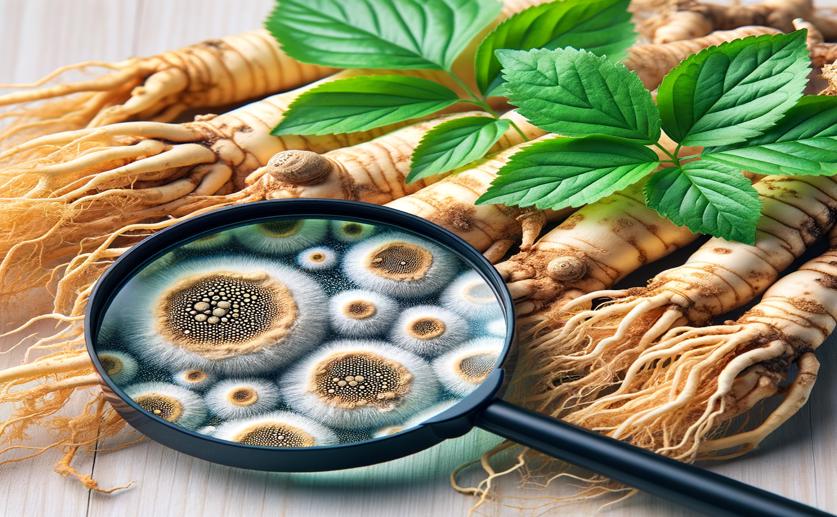
Fungal Contamination and Toxin Risk in Fresh Ginseng Samples
Jenn Hoskins
21st May, 2024

Image Source: Natural Science News, 2024
Key Findings
- A study in Geumsan, Korea, found significant fungal contamination in fresh ginseng from 22 stores
- Fusarium solani and Fusarium oxysporum were the most common fungi, affecting different parts of the ginseng
- Some fungi isolated from ginseng can produce harmful mycotoxins, but these toxins were not detected in the fresh ginseng samples
References
Main Study
1) Incidence of fungal contamination in fresh ginseng samples and mycotoxigenic potential of representative fungal isolates.
Published 20th May, 2024
https://doi.org/10.1002/jsfa.13592
Related Studies
2) Seed-Associated Fungal Diversity and the Molecular Identification of Fusarium with Potential Threat to Ginseng (Panax ginseng) in China.
3) Antagonistic Bacillus species as a biological control of ginseng root rot caused by Fusarium cf. incarnatum.



 26th April, 2024 | Greg Howard
26th April, 2024 | Greg Howard